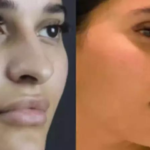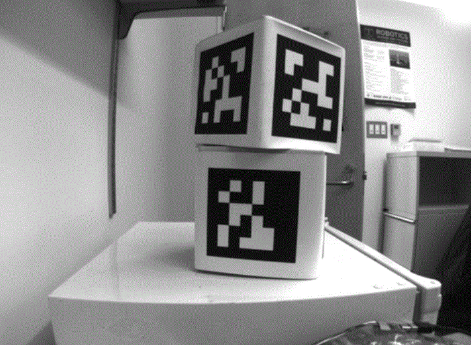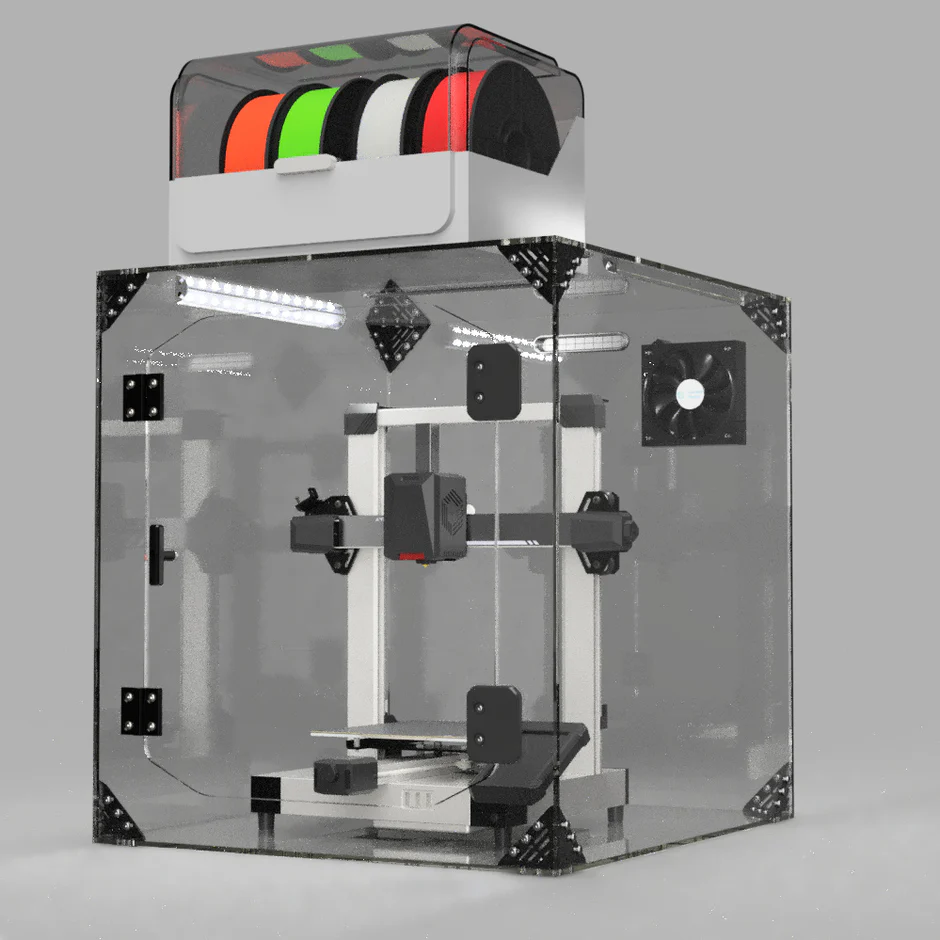Drones depend on tracking systems that work well to find and sense obstacles in their navigation path. The Global Positioning System offers location data, but the tracking system uses visual input to give the best location results in areas without GPS. UAV tracking precision gets better through the use of April Tags.
Drones leverage April Tags, a sophisticated form of barcode detection, to accurately identify their position and monitor objects or movements with minimal errors. These tags function as real-time visual reference points, feeding critical data to UAVs for precise navigation. By integrating barcode detection technology, drones achieve enhanced performance levels, ensuring reliable and error-free operations in tasks like surveillance, mapping, and object tracking.
This article explains how April Tags improve vision-based tracking for Unmanned Aerial Vehicles and their essential role in drone work.
Understanding Vision-Based Tracking in UAVs
Drones use cameras and visual detection software to follow camera targets at specific locations. This system is employed in multiple applications worldwide in vision-based tracking tasks.
- Without human intervention, drones travel through space using position locator systems.
- The UAV system can find and maintain visual contact with required targets.
- The drone can navigate correctly within buildings or other spaces that block GPS signals.
The typical navigation method for drones depends on environmental characteristics, but those visual markers prove challenging to spot. April Tags help vision-based UAV tracking become more accurate because they represent fixed reference points that drones can easily recognize.
How April Tags Improve Vision-Based Tracking in UAVs
April Tags are rectangular-shaped patterns that appear as square markers like QR codes. With Tags located in the drone camera’s visible area, the onboard system detects their position and exact distance to create precise navigation measurements.
1. Reliable Positional Tracking
The spatial position of a drone improves automatically as April Tags offer fixed reference points in its field of view. This is essential for:
- Accurate flight path adjustments
- Landing precision in confined spaces
- Consistent positioning in repetitive survey missions
For example, in warehouse automation, drones fly with April Tags to navigate precisely within shelves without the need for GPS.
2. Enhanced Object Detection and Avoidance
Obstacle detection is a vital feature in UVM applications, especially in auto-delivery, surveillance and mapping. April Tags help drones:
- Identify objects and avoid collisions.
- Fly safely in a dynamic environment.
- Enhance tracking accuracy in low light or multi-floored or multi-level infringement indoors.
Using vision-based tracking with April Tags, drones can track objects much more accurately than traditional GPS systems, including stationary and moving objects.
3. Improved Indoor Navigation and GPS-Denied Operations
Drones typically have difficulty with navigation in GPS-denied environments, including:
- Tunnels and underground structures
- Industrial warehouses
- Dense urban areas with signal interference
April Tags helps UAVs operate in these areas by providing visual beacons to fly steadily. This is particularly useful in:
- Indoor drone inspections of industrial sites.
- Search and rescue operation on downed buildings.
- Autonomous warehouse inventory tracking.
4. Precision Landing and Take Assistance
The ability to land drones on particular spots, especially with the dirty job that the drone is expected to be doing, requires very high accuracy. April Tags enable:
- Precision landing on designated markers.
- Repeatable and controlled take-offs for consistent flight missions.
- Safer landing in unpredictable environments like moving vehicles, drone ships or landing pads.
- April Tags are even used in delivery drones.
5. Real-Time Localization and Mapping (SLAM)
April Tags are an essential part of Simultaneous Localization and Mapping (SLAM), a method that allows tracking and mapping environments in real-time while the drone moves. This is beneficial for:
- Surveying unknown areas.
- Map creation for construction or agriculture 3D.
- Autonomous exploration in disaster zones.
By using April Tags, drones can decrease mapping errors and increase online spatial awareness.
Challenges and Limitations of April Tags in UAV Tracking
Though their benefits are numerous, April Tags have some drawbacks:
- Size and Visibility: Tiny April Tags Become Difficult to Detect for Drone Cameras at High Altitudes.
- Lighting Conditions: Poor lighting or glare has a negative impact on marker recognition.
- Placement Limitations: Strategic positioning is required to detect effectively in large environments.
To solve these challenges, UAV operators now have to optimize good camera settings and use high-contrast tags and test placements for better tracking performance.
Best Practices on April Tags for UAV Applications.
The maximize advantages of April Tags in vision-based tracking, keep in mind these best practices:
- Employ High-End Cameras: Ensure quality resolution cameras in the drones to detect tags precisely.
- Place Tags Optimal: Make place markers visible for uninterrupted tracking.
- Camera Angle Adjustment: Ensure places for optimal angles for viewing to avoid deterring distortion or missing detection.
- Calibration: Have held calibrations from routine calibration to make sure they are accurate in tracking.
- Test it in real conditions: Tests to be conducted in varied environments to understand the performance level before serious deployment
Conclusion
April Tags dramatically enhances vision-based tracking in UAV applications with regard to reliable positional information, amplified object detection, and precise navigation. These markers can enable very cost-efficient and effective solutions for improving the accuracy of UAVs. In the future, as drone technology advances, these tags will continue ramping into the vital role of developing fully autonomous navigation. Also they will have applications in aerial mapping, and robotics applications.









